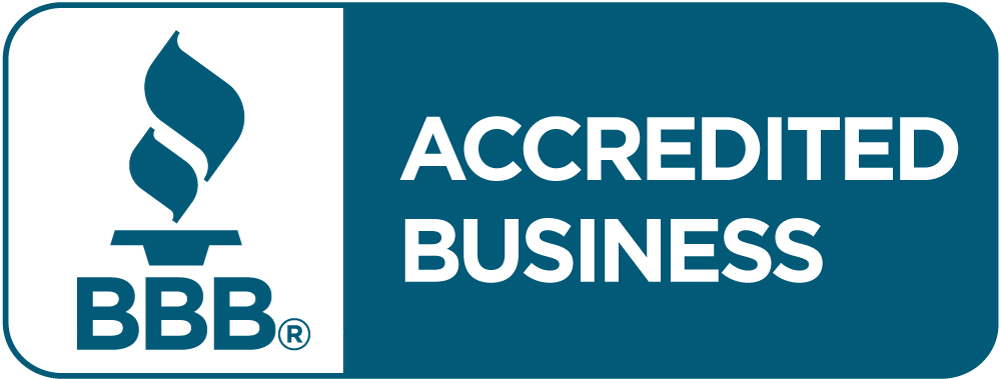Quick Links
ToggleRunning a vibrant small business is challenging, even in the best times. However, high interest rates have made it even harder for small businesses to access money to maintain operations and growth. To help you deal with this issue, we will discuss why it is so difficult for small business owners to get a traditional loan in this high-interest loan environment. We also take a look at what to expect from the Federal Reserve going forward and the alternative loan options you can use to assist and grow your small business.
The Effect of High Small Business Loan Interest Rates on Small Business Financing
A recent favorable Consumer Price Index (CPI) report influenced the Federal Reserve to slow its fight against inflation by not imposing a new interest rate hike. However, the current Federal Fund Rate of 5.25% to 5.50% is a steep climb from 0.08% in January 2021. In addition, many finance market experts have doubts that any rate drop will occur soon.
These high interest rates make it exceptionally difficult for small business owners to get a loan they can afford from a traditional lender. According to the Board of Governors of the Federal Reserve System, the current prime interest rate is 8.50%. This interest rate is for large businesses with the highest credit ratings and longest histories.
In comparison, small business interest rates can go as high as 15% ( the prime rate plus 6.5%) on a loan for working capital, equipment purposes, or expansion. For this reason, higher small business loan interest rates can cause the cost of running a small business to be more expensive and reduce a small business’s potential for increasing future earnings and profit margins, particularly on loans with a variable interest rate.
Alternatives for Dealing with High Small Business Loan Interest Rates
The present conventional business financing environment can seem hostile to many small business owners, especially since traditional banks rarely vary their small business loan interest rates. Fortunately, alternative ways exist to get the funds required for your business. Let’s sample some of the most popular options.
Using Invoice Factoring to Avoid High Small Business Loan Rates
Invoice factoring is a financing option that gives you working capital in exchange for selling your outstanding accounts receivable to an invoice factoring firm. With this arrangement, you can have the cash flow you need while waiting for a customer to pay the outstanding amount.
To begin the deal, the firm gives you an advance payment of 70% to 90% of the invoice value. After the factoring company collects the total amount from the customer, they return the remaining percentage minus a factor fee to you. However, you should be aware of these disadvantages:
- The factoring company’s fees will reduce your profits from the sale.
- You must be aware of hidden fees, such as credit check fees.
- If your customer doesn’t pay within the specified time, you are responsible for repaying the outstanding balance.
- Your small business and your customer must have a good credit history
- Your business must meet specific annual turnover and profit margin requirements.
Getting a Grant
Federal and local government agencies provide grants for small businesses and startups. Also, many corporations and foundations offer grant funding opportunities. The great advantage of grants is that you get the working capital to maintain or advance your small business without the obligation to pay back the money.
However, grants narrowly target businesses in science, research, or technology. They often require that your small business meet strict research and development goals or other requirements. In addition, searching for grants can be overwhelming if you are new to the grant search process. You may also need to pay for the services of a grant writer.
Peer-to-Peer or Marketplace Lending
Peer-to-peer (P2P) lending uses online financing platforms to match borrowers with lenders. By connecting on websites like LendingClub or Prosper, borrowers and lenders broker loans without using financial institutions as middlemen. Also called “social lending” or “crowd lending,” you can connect directly to the lender and enter into a loan agreement within the interest rate ranges and terms established by the website. Your rate will depend on your creditworthiness, but you and the lender can choose to negotiate. The website handles loan processing and payment collection.
Peer-to-peer lending is a safe and convenient environment to potentially get a loan with a lower interest rate because of the greater competition. However, you may pay extra fees in addition to the interest rate on your loan. Also, if you have trouble repaying the loan, you may not get the same protection traditional lenders provide. For example, a P2P website may send your loan default to a debt collection agency.
How an MCA Can Be a Smart Solution to High Small Business Interest Rates
A merchant cash advance (MCA) like Zinch allows you to sell a percentage of your business’s future credit card sales for a lump sum deposited directly in your business account. This funding option is more compatible with the financial needs of small businesses because it offers quick funding, flexible payments, and fixed repayment amounts without requiring collateral.
You can also qualify for an MCA with less-than-perfect credit. For example, if you have been in business for at least six months and earn at least $10,000 in credit card sales, you will most likely get a Zinch MCA.
Your Solution for High Small Business Interest Rates
Even the Federal Reserve Chairman, Jerome Powell, doesn’t know how long these super-high interest rates will stay. However, isn’t it good to know you have viable funding alternatives to help your business flourish and grow without worrying about high small business interest rates? Find out more about your options by contacting us at (714) 500-6622. You may qualify for up to $250,000 in just 24 hours.










